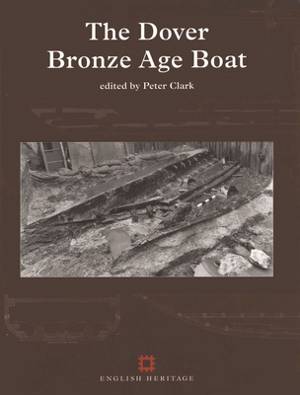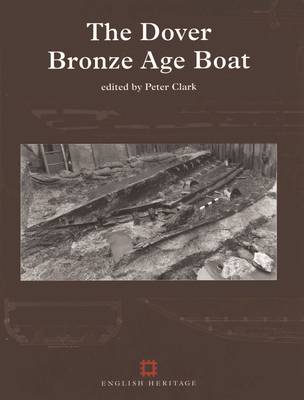
- Retrait gratuit dans votre magasin Club
- 7.000.000 titres dans notre catalogue
- Payer en toute sécurité
- Toujours un magasin près de chez vous
- Retrait gratuit dans votre magasin Club
- 7.000.0000 titres dans notre catalogue
- Payer en toute sécurité
- Toujours un magasin près de chez vous
Description
In 1992 the perfectly preserved remains of a large prehistoric, sewn plank boat were discovered buried six metres below the streets of Dover in SE England. The boat has been dated to c 150 BC and is one of the most important and spectacular prehistoric wooden objects ever found in Europe. This richly illustrated book, including carefully researched reconstruction drawings, tells the dramatic story of its discovery and excavation, and the pioneering work done on its conservation, re-assembly and display in the multi-award winning Bronze Age gallery at Dover Museum.
The boat was made from huge oak planks hewn into elaborate shapes that fitted together with exacting tolerances. These were made fast with an intricate system waterproofed with pads of moss held in place by thin strips of oak and a stopping made of beeswax and animal fat. Together these elements formed a broad-beamed, flat-bottomed boat of unique design, employing a woodworking tradition now long forgotten.
In addition to a detailed description of the boat itself, the book explores the method of its consruction, its original form, capabilities and performance, and its function and place in Bronze Age society. It presents new and innovative techniques for the study of ancient timbers and describes an experiment in building a copy of the boat using replicas of Bronze Age tools.
Far more than a straightforward technical report on an ancient vessel, this book examines in depth the implications of such a unique find for our understanding of prehistoric communities 3,500 years ago.
Spécifications
Parties prenantes
- Editeur:
Contenu
- Nombre de pages :
- 340
- Langue:
- Anglais
- Collection :
Caractéristiques
- EAN:
- 9781873592595
- Date de parution :
- 30-04-04
- Format:
- Livre broché
- Format numérique:
- Trade paperback (VS)
- Dimensions :
- 219 mm x 276 mm
- Poids :
- 1099 g

Les avis
Nous publions uniquement les avis qui respectent les conditions requises. Consultez nos conditions pour les avis.





